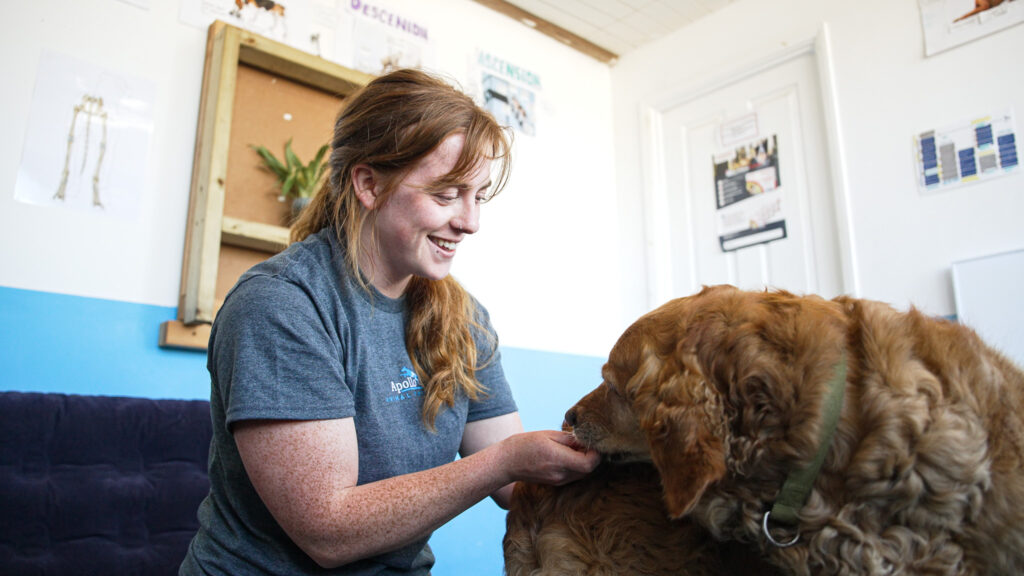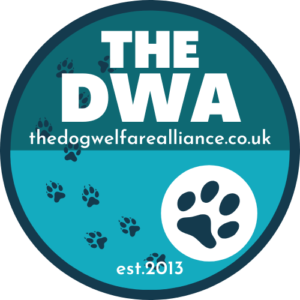Why Your Dog’s Nail Length Is More Important Than You Think
Understanding the Link Between Nails, Movement, and Musculoskeletal Health
When we think about canine health, we often focus on big-picture things: hips, knees, weight, or injury recovery. But did you know something as seemingly simple as your dog’s nail length can have a major impact on how they move, how they feel, and even their long-term joint health?
At Apollo Animal Physiotherapy & Hydrotherapy, we look at your dog’s whole body — including the small details that often go unnoticed but play a huge role in biomechanics. One of the most overlooked? The nails.
Let’s explore why nail length matters, how it affects your dog’s movement, and how rehab can help bring your dog back into balance.

Why Do Long Nails Matter?
1. Alters Paw Placement
2. Changes Limb Alignment
3. Reduces Traction and Confidence
4. Causes Ongoing Muscle Tension
5. Triggers Long-Term Joint Issues
Small Detail, Big Difference
So How Does Rehab Help?
At Apollo, we do more than strengthen muscles and mobilise joints — we assess your dog’s full posture, paw placement, and movement habits. If long nails have been affecting your dog’s biomechanics for a while, we help to retrain and restore functional movement.
Here’s how:
- Gait Re-education
We use specific exercises and tactile cues to help dogs relearn correct paw placement and improve limb awareness (proprioception). - Strength and Stability Work
When weight has been unevenly distributed due to altered foot posture, some muscles weaken while others overwork. We balance that out with structured rehab. - Manual Therapy
Hands-on techniques can help release built-up muscular tension caused by weeks or months of compensating for long nails. - Home Advice and Maintenance
We’ll guide you on how to safely maintain nail length at home or refer you to a trusted grooming professional — especially if your dog is nervous or has dark nails.
How Short Is Short Enough?
Contact Us
- 07300 020 514
- bookings@apolloanimalphysio.com
- apolloanimalphysio@gmail.com
- Apollo Animal Physiotherapy, Old Haine Road, Ramsgate, CT12 5AG






